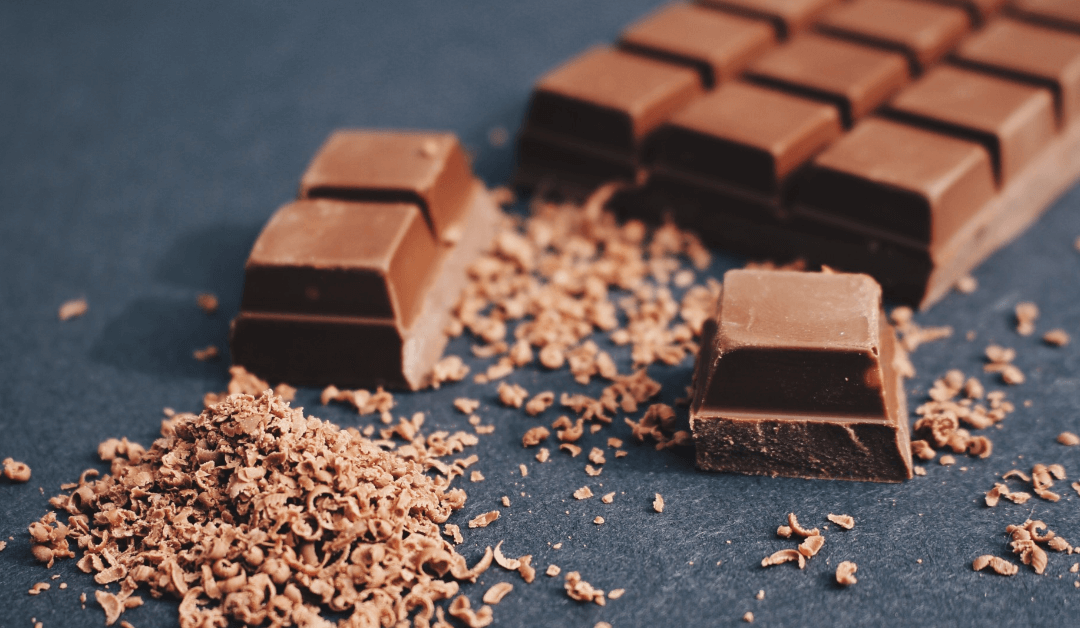When the word chocolate is brought up, it usually also conjures up melty and smooth pieces of confectioner’s dreams, as well as kickstarting your sweet tooth. But chocolate of the past is unlike anything of the chocolate we know of today. The tasty treats of the Chocolate Museum & Cafe are unlike anything you’ve tasted, too. These delightful treats are sure to please, no matter the discerning palette. Read on to find out more about the history of chocolate and where to go to satisfy your craving of sweets.
The Early Beginnings
Most people will have some familiarity of the Mayans being the first to utilize the cacao fruits for chocolate use. But it’s been discovered that an even more ancient people, the Olmecs in southern Mexico, also consumed chocolate. In the very beginnings, most chocolate was used in drinks, as a revered bitter beverage instead of the sweet candy bars we know of today. Who first discovered chocolate is still unclear, as even what use the Olmecs had for it is still slightly blurry. There is no written history from the Olmecs, so opinions differ on the use of the cacao beans, or if they even used just the pulp from the cacao pods. It is thought that the Olmecs used chocolate in their ceremonial drinks, though, and that they undoubtedly passed on this knowledge of the cacao to the Mayans.
Chocolate’s Importance
The Mayans not only consumed chocolate on a daily basis, but they also revered it. Written history from the Central American Mayans mentions chocolate being used in celebrations and to even complete some important transactions. Chocolate was available to everyone in Mayan culture, no matter status or wealth. Many Mayans would enjoy a chocolate drink with every meal, with the chocolate being frothy and thick, and often combined with chili peppers, honey or water. In Aztec culture, cacao beans were considered more valuable than gold, believing that the cacao was given to them by the gods. Aztecs enjoyed the chocolate in hot or cold drinks, but was usually reserved for an upper-class extravagance. Some lower classes would drink it during bigger celebrations, such as weddings. The Aztecs would use cacao beans as currency too, using it to buy food and other goods.
Although it’s agreed that chocolate first arrived in Spain, it’s hard to determine when it arrived in Europe. There are tales that Christopher Columbus found cacao beans on a trade ship and brought them back to Spain in 1502, while another account says Spanish conquistador Hernan Cortes was introduced to chocolate by the Aztecs. Regardless of the back story, chocolate was a much loved indulgence by the late 1500s, and Spain started to import chocolate in 1585. Other European countries started visiting Central America and saw the cacao beans, bringing them back to their countries for consumption. But most Europeans didn’t care for the more bitter and spicy flavors of Central American chocolate, and started to make their own combinations using cinnamon, cane sugar, and other spices and flavorings to create their own hot chocolate. With this higher demand of chocolate came chocolate plantations, which were worked by thousands of slaves.
Chocolate in America
Chocolate first arrived in Florida on a Spanish ship in 1641, and it’s thought the first American chocolate house opened in Boston in 1682. By the late 1770s, cacao beans were a major import into American colonies, and were enjoyed by every class. There have been so many different variations to chocolate over the years that it hardly resembles it’s humble ancient beginnings. But chocolate is one staple that will remain for years to come.
Contact Us
Are you drooling just thinking about chocolate? Come visit the Chocolate Museum & Cafe for sweets, coffee, and a rich history of chocolate. Explore the rainforests and rich history of the cacao beans, and prepare to be mesmerized by 25 solid chocolate sculptures of the world’s most recognizable landmarks. Visit us today!

